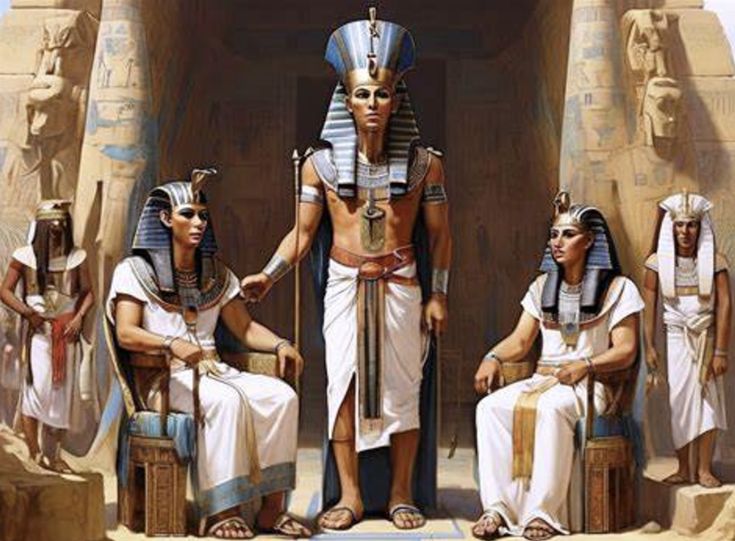I find it fascinating how pivotal roles in governance have evolved over the centuries. At the heart of one of history’s most fabled civilizations, Ancient Egypt, stood the vizier. Known as the “tjaty” this official held the reins second only to the pharaoh himself. The vizier’s inception, a result of society’s increasing complexity, demanded a sophisticated touch in management and an unwavering sense of justice.
When we delve into the historical narrative, we see a position that took root during the Early Dynastic Period, circa 3100 to 2686 BCE. The complexities of a burgeoning society necessitated a liaison who could coordinate the labyrinth of Egyptian bureaucracy. That figure was the nascent vizier, whose role would burgeon alongside the civilization’s own growth.
The Old Kingdom era, from 2686 to 2181 BCE, was a time of great institutional reinforcement. It was during this epoch that figures like Imhotep, who served under Djoser, would leave indelible marks, shaping the vizier’s role into one of legendary influence and permanent state architecture.
As for the Middle Kingdom, dating from approximately 2055 to 1650 BCE, the vizierate experienced significant codification. The position solidified, becoming more structured and essential to the bureaucracy’s ever-evolving complexion. This era laid the groundwork that allowed the vizier’s power to flourish at its zenith during the subsequent New Kingdom period.
The New Kingdom, notably between 1550 and 1077 BCE, was marked by the high tide of the vizier’s influence. Here, the role became almost patrimonial, often seated within powerful families. It’s clear the trajectory of the vizier’s responsibility paralleled the grand narrative of Egypt’s own storied history.
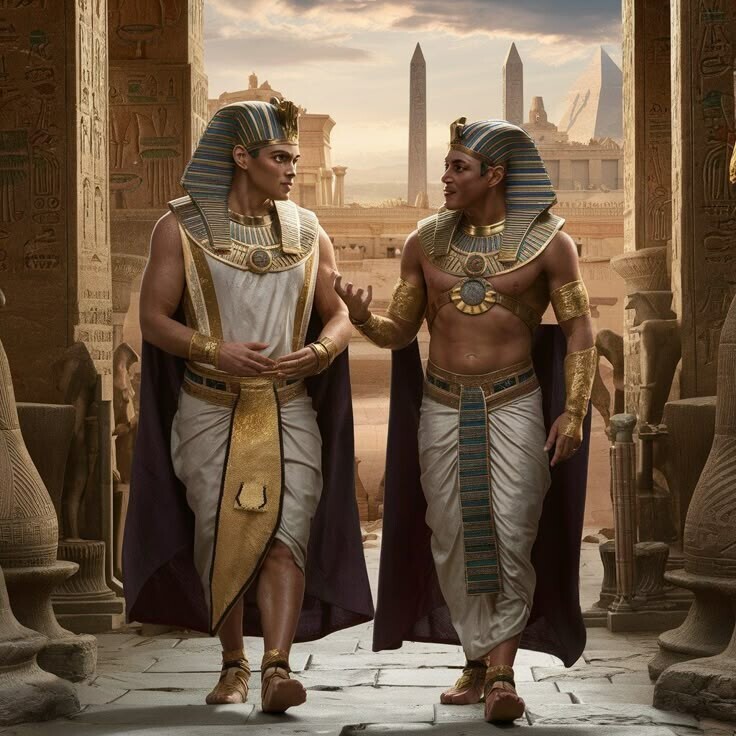
From this rich historical canvas springs the myriad of responsibilities that would define the vizier’s everyday life. This cornerstone figure was tasked with ensuring the smooth operation and administration of the state, stepping into roles that demanded judicial acumen, economic foresight, and architectural innovation.
Transitioning into the next section, we uncover the seat from which the vizier directed this great symphony of governance. We’ll explore the breadth of administrative power wielded by the vizier, the centralized authority of the office, and how the role served as a conduit for the pharaoh’s will and the sacred balance of Ma’at across the kingdom.
The Seat of Authority: Examining the Vizier’s Administrative Roles
As the vizier in Ancient Egypt, known locally as the “tjaty”, I was the epicenter of the pharaoh’s bureaucratic network. I, like my predecessors, held the keys to the kingdom’s administrative machinery. It was on my shoulders that the weight of Egypt’s central administration rested. From the lush banks of the Nile to the expansive deserts, every major department and official operation fell within my purview.
Coordinating the chorus of the state’s activities required an unwavering focus. Ensuring the Pharaoh’s edicts were enacted across the vast kingdom demanded not only a strategic mindset but also an intricate understanding of the myriad gears turning within the Egyptian state machine. My work involved a continuous dialogue with other officials, balancing their advice against the vision and decrees of the Pharaoh. It was a dance of power and diplomacy, and my role was that of the lead.
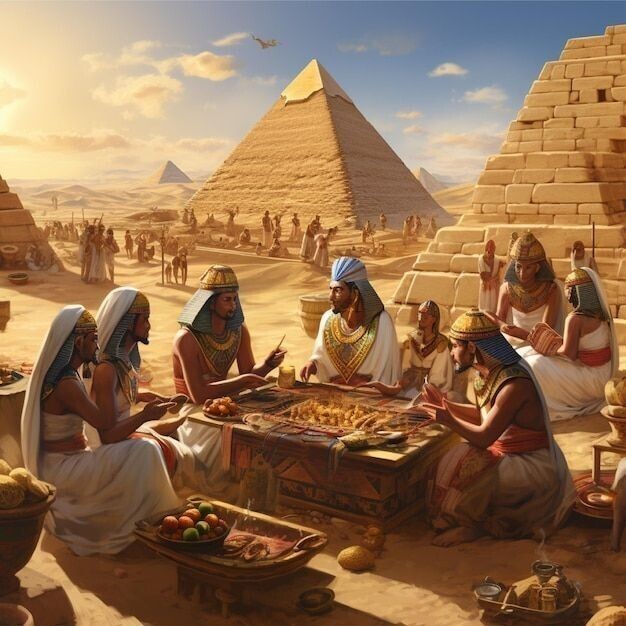
Historical texts speak volumes about how my fellow viziers and I shaped the fate of Egypt. Through careful documentation, we see glimpses of figures like Imhotep, whose wisdom laid the foundation for vizierate efficiency and influenced generations that followed. It was through this synthesis of accumulated knowledge and application that the role of the vizier truly became a testament to the power of structured leadership.
In my daily life as vizier, no two days were the same. Audiences with key figures began at dawn; petitions came pouring in shortly after. Decisions needed to be made, and they needed to reflect the harmonious marriage of justice, order, and the pharaoh’s will. As the sun set over the horizon, the satisfaction of another day spent in dedicated service to the kingdom was my prevailing sentiment, readying me for the challenges of the marrow.
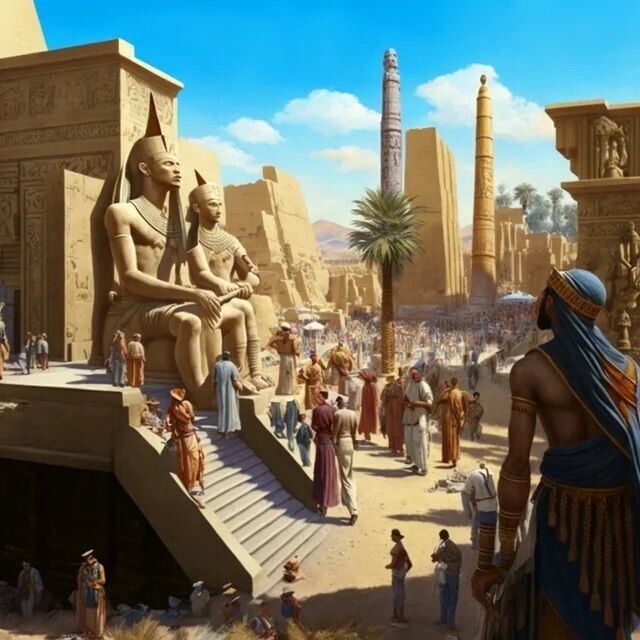
The position necessitated a unique tapestry of skills — part administrator, part diplomat, and fully dedicated to the prosperity and stability of Egypt. It was a daily testament to the confidence entrusted in me by the pharaoh, and a commitment to the lives of the millions who called the Nile river valley home.
Order and Justice: The Judicial Functions of the Vizier
In my role expounding on the pivotal positions of history, I find the office of the vizier in Ancient Egypt particularly fascinating. Rooted in the concept of Ma’at, the vizier’s duties extended beyond mere administrative command; the vizier was the very embodiment of justice and order. As the chief judge, a vizier presided over the highest court in the land, wielding considerable power in adjudicating disputes and legal matters. Ensuring harmony in accordance with Ma’at, which represented truth, balance, and order, was a Vizier’s solemn charge.
The vizier’s judicial functions permeated throughout the state. He oversaw all legal proceedings, ensuring consistency and fairness from the lower courts to the highest tribunal. It was a role that required unwavering integrity and a deep understanding of the law.

To illustrate the importance of the vizier’s jurisdiction in legal matters, it’s instructive to consider some documented cases from the period. By examining these historical instances, the manner in which viziers approached their legal responsibilities—and by extension, upheld Ma’at—becomes unmistakably clear. These records help us appreciate the depth of authority and righteousness the viziers exercised within the framework of the world’s most enduring civilizations.
Moving on from justice to the lifeblood of the empire, the next section of our examination addresses the economic role of the vizier. Confronted with the critical task of economic management, a vizier’s competence was evident in overseeing taxation, managing revenues, and allocating resources. Like a wise steward, the vizier balanced the state’s books, ensuring the granaries were full and the treasuries well-stocked to support the kingdom’s prosperity. It’s a testament to their economic acumen that we can still discuss ancient Egypt with awe and reverence for its grandeur and lasting wealth.
The Steward of Wealth: Viziers and the Economic Engine of Egypt
Ancient Egypt’s prosperity hinged not just on the Nile’s bountiful floods, but equally on the meticulous economic stewardship by the vizier. As the pharaoh’s right-hand man, the vizier held the trunk of the economic tree, ensuring its roots and branches – tax collection, resource allocation, and granary management – were robust and spread wide across the land.
The vizier’s innate understanding of economics drove the Egyptian state’s fiscal policies. Taxation was a complex affair, comprising levies on crops, livestock, and even fishing yields. Tax season aligned with the Nile’s inundation, as it was easiest to calculate the peasant’s dues when their fields were submerged. The vizier, with an eye for detail, stayed atop the tax records, ensuring the kingdom’s wealth flowed uninterrupted into the state coffers.
Resource allocation, particularly during lean years, was a critical task. The vizier made crucial decisions about the distribution of grain to prevent famine and maintain public order. State granaries, the physical manifestation of Egypt’s wealth, fell under the vizier’s jurisdiction. Their maintenance and operation mirrored the prosperity and stability of the kingdom itself. Efficient granary management by the vizier safeguarded the Egyptian population against the unpredictability of nature.
Moreover, the vizier’s role extended to managing the treasury – the nation’s financial pulse. The state treasuries housed not only grain but also precious metals and goods, which the vizier administered with unyielding accountability. Treasuries were more than wealth repositories; they supported artisans, funded military campaigns, and sustained monumental building projects that showcased Egypt’s grandeur.
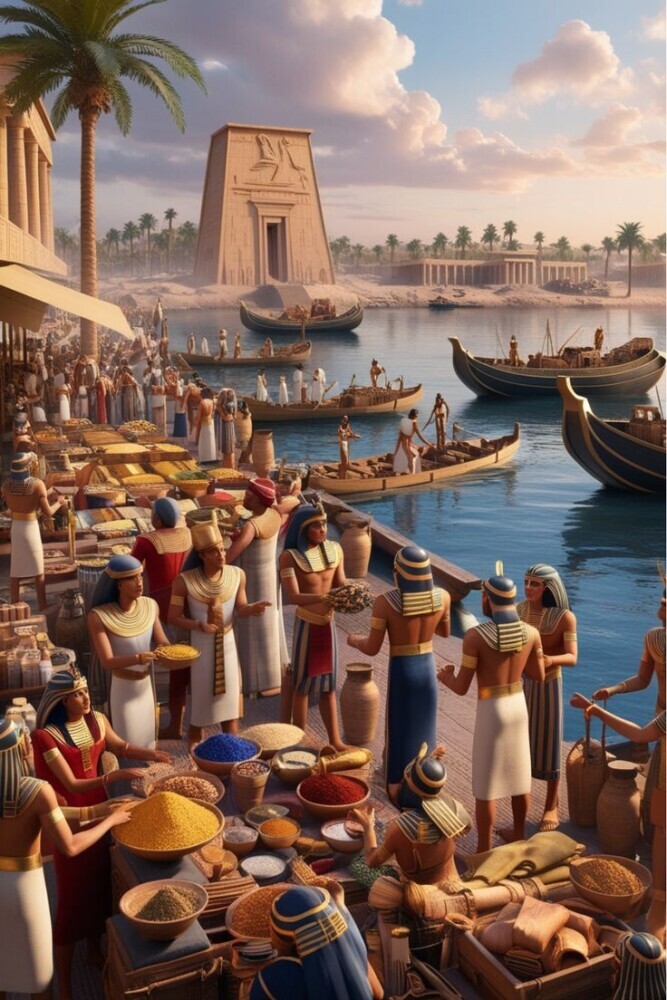
The vizier’s adept economic management laid the foundation for Egypt to embark on ambitious architectural enterprises – a testament to the civilization’s enduring legacy. Under their watch, resources for labor and materials were cleverly allocated, bringing the pharaoh’s architectonic visions to life. Let’s unravel the intricacies of these grand projects in the subsequent section.
Masters of Construction: Viziers and Their Architectural Vision
As a vizier in Ancient Egypt, one’s influence extended far beyond the realm of paperwork and decrees. These pivotal figures were the masterminds behind Egypt’s most remarkable architectural achievements. Charged with the task of bringing the pharaohs’ grand visions to life required not only an understanding of aesthetics but also the logistics of managing vast resources and labor forces.
I consider the intensive organization behind the iconic structures that have immortalized Egyptian civilization. The role of the viziers in this arena was twofold: executive and overseer. They did not merely approve blueprints but were actively engaged in ensuring that the projects progressed smoothly, from inception to completion.
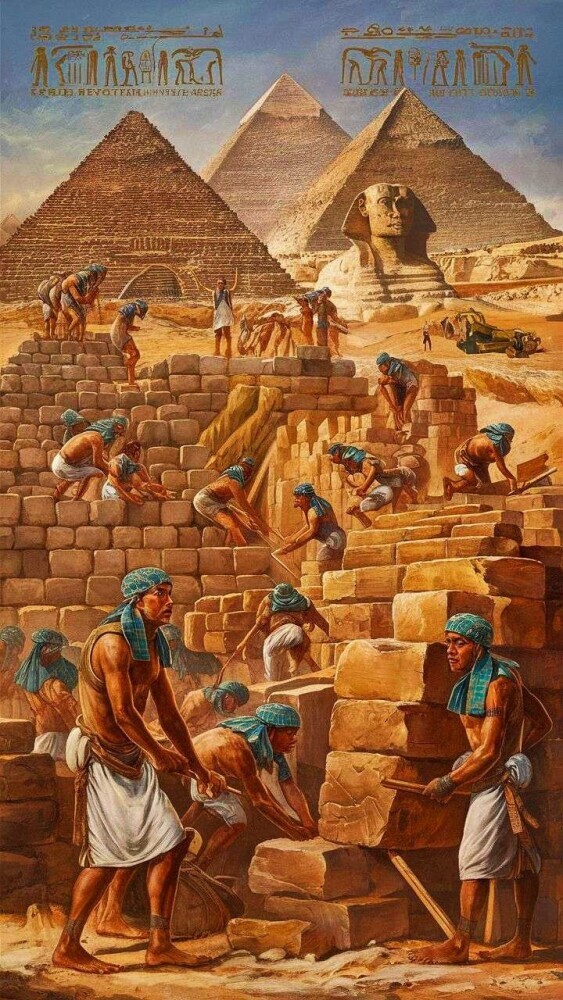
Managing the corvée labor system became a significant aspect of the vizier’s role. This system drafted workers for public projects, and it was the vizier’s job to regulate labor contribution from the populace without causing undue hardship. The conscientious orchestration of manpower not only epitomized efficient state administration but was also a reflection of the vizier’s capability to balance productivity with welfare.
The touch of the vizier’s hand can be seen in the construction of monuments that have stood the test of millennia. From the soaring pyramids to the sprawling temple complexes, each stone laid was a testament to a vizier’s vision and proficiency in directing Egypt’s greatest architectural endeavors.
However, the vizier’s purview wasn’t just confined to constructing edifices—it reached into the military and cultural heart of Egypt. This transition is where we see the role of the vizier take on an even broader spectrum.
Beyond Administration: The Vizier in Military and Cultural Spheres
You might think of Ancient Egypt’s viziers as pure administrators, fists firmly on the levers of bureaucracy. Yet, their influence extended beyond ledgers and law. They were deeply involved in both military administration and cultural preservation, two facets that were instrumental in the state’s longevity and stability.
On the military side, viziers weren’t commanders thundering across battlefields. Instead, they were the unseen hands ensuring the pharaoh’s armies never lacked for resources. They managed military logistics, from the provisioning of food and arms to the maintenance of chariots. When the borders of Egypt were threatened, it was the vizier who orchestrated a response, aligning with military strategists to fortify and defend the nation.

Yet, a vizier’s work did not rest at the palace gates. Security, for them, also meant the protection of Egypt’s culture and traditions. As the land revered Ma’at—truth, balance, and harmony—the vizier, often styled as a High Priest of Ma’at, safeguarded these principles. Their administration of temple resources was not just bookkeeping; it was a sacred duty that honored the gods and fuelled the rituals that were the heartbeat of Egyptian spirituality.
The cultural oversight also meant ensuring the smooth operation of temples, which were centers of both worship and daily life. By managing these religious institutions and their vast agricultural estates, viziers effectively buttressed the nation’s faith and food supply simultaneously.
In essence, a vizier was the custodian of Egypt’s collective identity. Their role, intertwined with the military’s might and the culture’s richness, was to uphold the civilization’s values and protect its people, both physically and spiritually. This dual guardianship formed the cornerstone of a vizier’s true power, setting the stage for their enduring impact on Egypt’s history.
The Vizier’s Enduring Influence: Profiles of Pivotal Egyptian Statesmen
The role of the vizier transcended mere administration, reaching into the very heart of Ancient Egyptian civilization. Through their contributions, these venerable statesmen did not just become footnotes in history; they shaped it. Each vizier left behind a unique legacy that offers a deeper understanding of the complexities of Egyptian society and governance.
Take Imhotep, a vizier of such renown that his influence lingered far beyond the annals of bureaucracy. His accomplishments as an architect, notably the Step Pyramid at Saqqara, and his genius in medicine propelled him to a divine status after his death. Imhotep exemplifies how a vizier’s work could inspire not only contemporary development but also enduring cultural and religious reverence.

In the timeless tombs of Thebes, the records of Rekhmire paint a picture of a vizier’s life steeped in duty and service. His detailed accounts provide priceless insights into the daily manage of a vast and complex civilization. It’s a testament to the indispensable role that these individuals played in the courts of kings.
Then there is Ay, whose influence was so pivotal that it transcelled the advisory position of vizier, eventually wearing the crown of Egypt itself. As the tutor and advisor to Tutankhamun, Ay’s guidance shaped the young king’s reign. His journey from the pharaoh’s right hand to the throne is unique and speaks to the extraordinary potential of the viziers in Ancient Egypt.
In the end, these profiles allow us to appreciate the viziers not just as historical figures but as linchpins in the narrative of Ancient Egypt. Their legacy remains etched in stone and within the pages of history, reminding us that their power and influence were SECOND ONLY TO THE PHARAOH. It is an enduring statement of their importance, one that resonates through the ages. Through their triumphs and trials, we glean the timeless significance of leadership, wisdom, and vision.

